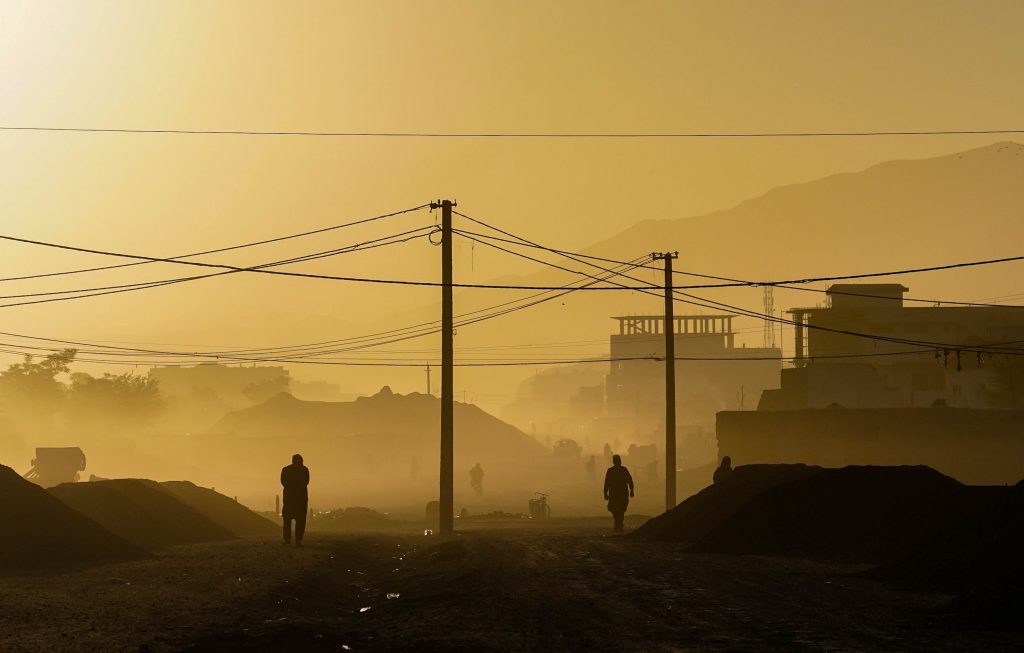
After 20 years, the United States’ longest war is over. A day before President Joe Biden’s deadline of Aug. 31, the U.S. evacuated Afghanistan of as many U.S. citizens and Afghan refugees as possible. However, the Biden administration’s decision to withdraw has been under fire after recent events, including a terror attack at the Kabul airport taking the lives of 13 U.S. service members and dozens of civilians and the Taliban retaking the country.
Adding to the controversy, an Aug. 29 drone strike in Kabul was confirmed to have killed 10 Afghan civilians – including seven children – in an attempt to target a terrorist group whom the military falsely deemed a direct threat to the withdrawal mission. Marine Gen. Frank McKenzie, head of U.S. Central Command, called the strike a “tragic mistake” during a press conference on Sept. 17.
According to Brown University’s Watson Institute for International and Public Affairs, an estimated 71 thousand Afghan and Pakistani civilians are thought to have died as a direct result of the war since 2001.
The Taliban was formed in 1994 by a group of former resistance fighters that combated the Soviet Union. The Taliban enforced strict Islamic law in 1996 after they took control of Afghanistan the first time. The laws included women having to wear head-to-toe coverings, not being allowed to study or work and being forbidden from traveling alone. Television, music and non-Islamic holidays were also banned. The country under Taliban rule also housed the mastermind behind the sept. 11, 2001 attack against the U.S. and leader of al Qaeda, Osama bin Laden.
After 9/11, the U.S. led an allied attack to oust the Taliban from power and prevent the country from being a base for any future attacks by the terror cell. For 20 years, the U.S. has provided military and administrative support to the interim government of Afghanistan, as the country has struggled to defeat the Taliban. The war cost the U.S. over $2 trillion and thousands of American lives. The conversation about withdrawing U.S. troops from Afghanistan has been a political talking point for over a decade. Plans for withdrawal have been around since the Obama administration.
In February 2020, former President Donald Trump announced a peace treaty with the Taliban. The deal stipulated that the U.S. would leave the country in 14 months and the Taliban would not harbor terrorists and not harm any U.S. troops. Under the treaty, the U.S. would also release 5,000 Taliban prisoners in exchange for 1,000 U.S. prisoners. Months after the deal was signed, evidence began to surface that the radical group had already violated measures of it. A United Nations report explained that the group still has strong ties to the terror group al Qaeda.
Biden finalized the 20 year-long war stating that the U.S. counterterrorism mission was over. Since the withdrawal, over 100,000 Afghan refugees have been evacuated from the country with thousands more trying to flee. According to Secretary of State Antony Bliken, “As of the end of last week, we had about 100 American citizens in Afghanistan who told us that they wish to leave the country.” The concerns of human rights violations have become a prevalent issue as the Taliban begins to reimplement Sharia law.
Almost a month after the withdrawal happened, Biden continues to defend his administration’s approach to the conflict, stating, it was, “The right decision, the wise decision, the best decision for America.” Biden has reiterated the American commitment to help Americans and Afghans safely leave the country. As the Taliban implement their new government, the U.S. will be keeping a close eye on the nation and the new government’s actions.
